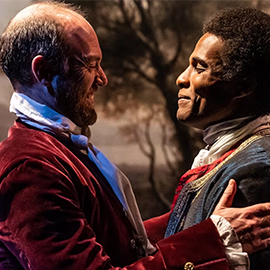Historians and other researchers have often used the terms of ‘affluence’ and ‘anxiety’ to describe US history and culture from 1920 to 1960. According to a traditional narrative, Americans enjoyed unprecedented ‘affluence’ in the 1920s and in the postwar period, while experiencing great ‘anxiety’ in the context of the Cold War. While useful, these narratives do not fully account for the complexity of this period. In this module, we will ask questions such as: Who took advantage of affluence (pre- and post-WW2)? Who was excluded from it and how? How did American conceptions of affluence fundamentally shape our current climate crisis? Beyond Cold War anxieties, what were Americans, in their diversity, worried about? How did foreign policy anxieties reveal themselves at home? And how did racial and gender anxieties shape US politics and culture?
With these questions in mind, we will assess and analyse major developments and events of the period, including, but not limited to: the roaring 1920s, the Great Depression, the Dust Bowl, the New Deal, World War II, the Cold War, the postwar “economic miracle,” the suburban boom, and the beginnings of the Civil Rights Movement. By narrowing our focus on four crucial decades of the 20th century, we will be able to look at these events from various angles. In accordance with recent developments in the field, we will pay particular attention to historiographical interpretations that emphasize race, gender, sexuality, and class, as well as the environment. This will mean, for instance, that you will not only learn about the anti-communist ‘Red Scare’ of the 1950s, but also about the lesser known ‘Lavender Scare’ that targeted gay men and women working for the US government. Similarly, we will study Rosa Parks’ efforts to desegregate the buses in 1950s Birmingham, but we will also pay attention to ordinary actors of the Civil Rights Movement, such as the African-American youths who desegregated swimming pools and amusement parks.
Primary and secondary source readings, along with classroom activities, will help you to critically engage this key era of American development and develop the interpretive skills of a historian.
More information
 Option for Placement Year
Option for Placement Year Option for Study Abroad
Option for Study Abroad

.jpg?modified=20201119191734)





























